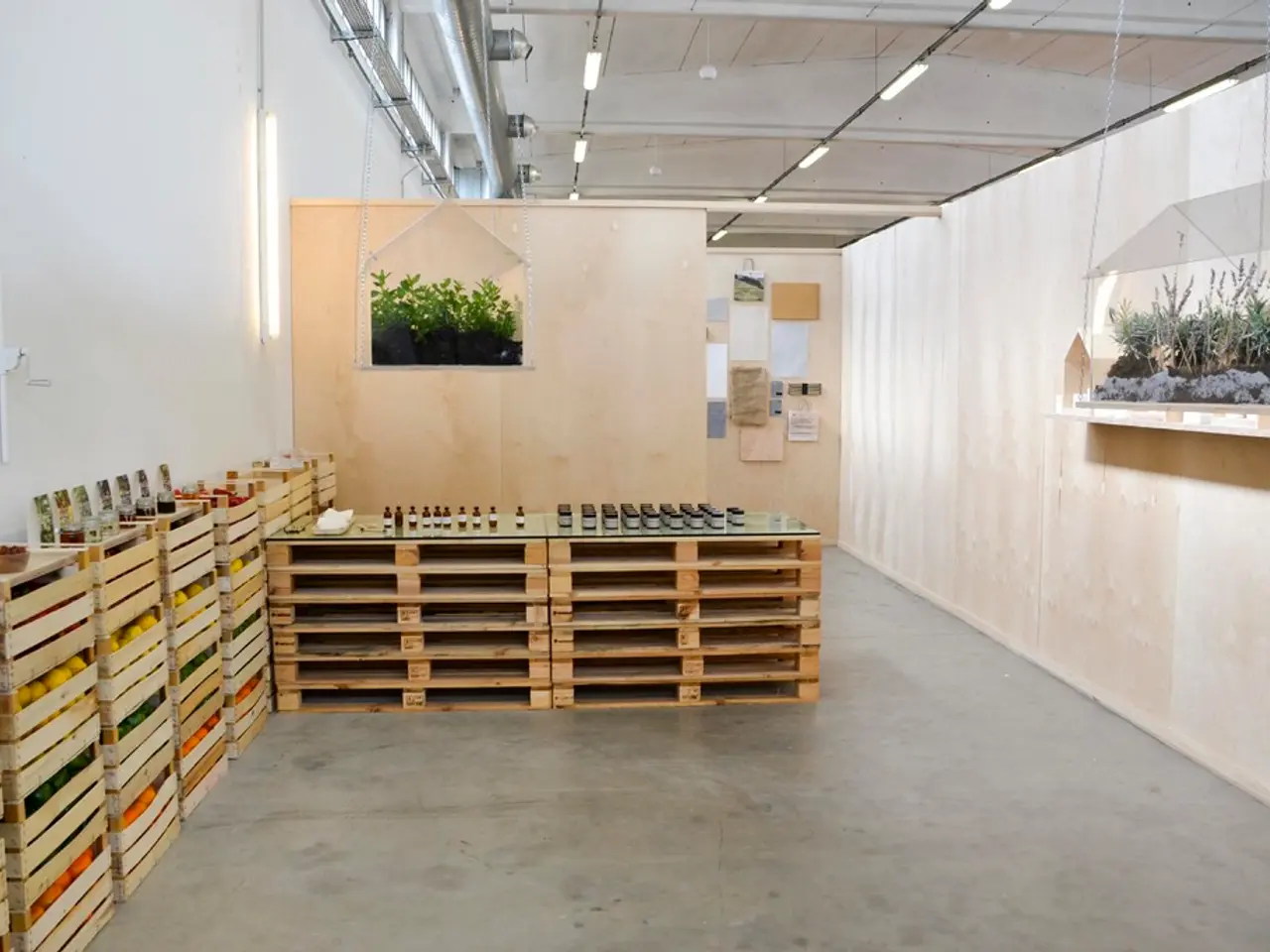Terrestrial Illumination Options: Prized Natural and Artificial Radiation Sources for Terrariums
Lighting Up Your Terrarium: A Guide to Creating Optimal Conditions
When it comes to setting up a terrarium, lighting is an essential aspect that can make or break the health and growth of your plants. Here's a practical guide to help you choose the right lighting for your terrarium, considering plant light requirements, the type of light source, and the placement of your terrarium.
1. Understanding Different Plant Light Needs
Most terrarium plants thrive under bright indirect light, a condition that provides a bright environment without direct sun exposure that could overheat or scorch plants. Approximately 95% of terrarium plants fall into this category [5]. However, some plants tolerate low-light conditions, while true no-light environments like bathrooms require artificial lighting. It's crucial to research the specific needs of your plants, as different species may require varying amounts of indirect sunlight or lower light intensities [2].
2. Natural Lighting Tips
Positioning your terrarium near north- or east-facing windows is ideal, as these deliver bright, indirect morning light, avoiding harsh direct afternoon sun that can cause overheating [4]. Avoid placing terrariums in areas with intense direct sunlight, as glass can amplify heat, causing damage [4][5]. Assess the ambient indoor light: if the location doesn't meet the plant species' light requirements, natural light alone may not be enough [5].
3. Artificial Lighting Options
For terrarium plants, choose lights with a Kelvin rating near 5,500 K to mimic natural daylight. Grow lights come in various forms, including LED bulbs, specialized plant lamps, or tube lights. Newer LED grow lights are energy-efficient and effective for plant photosynthesis [5]. When using artificial lights, place them close enough to provide sufficient intensity but avoid overheating; generally, 12-18 inches above the terrarium works, but check specific light and plant needs [5].
4. Special Considerations for Different Terrarium Types and Plants
- Closed terrariums typically need diffused or lower light levels to prevent overheating and excessive evaporation.
- Paludariums (combining aquatic and terrestrial environments) require lighting that supports both water plants and terrestrial plants, often using mixed lighting systems mimicking natural conditions.
- Succulents and cacti terrariums require bright, direct light with periods of shade to avoid leaf burn.
- Tropical or moisture-loving terrarium plants often prefer bright indirect light rather than direct sun to mimic their understory habitats.
In summary, select lighting based on the plant’s natural habitat requirements, favor bright indirect natural light by proper window placement when possible, supplement with grow lights that replicate daylight spectrum for darker settings, and adjust lighting types and intensities to the terrarium type and plant needs to maintain healthy growth.
This approach balances natural and artificial lighting considerations to create optimal conditions for diverse terrarium plant species. South-facing windowsills are not ideal due to full sun throughout the hottest parts of the day. The ideal location for a terrarium in the Northern Hemisphere is a north-facing window, as it never sees direct sunlight and enjoys indirect light throughout the day. West-facing windows can be risky, with strong full sun in the afternoon. Only more tolerant plants will do well here. East-facing windows receive some weaker direct sun in the morning and bright indirect light throughout the day.
Lighting planted vivariums for the benefit of animals is a complex task and requires consideration of unique day-night cycles, basking light and temperatures, thermal gradients, and the creation of shaded areas.
For a "tank" setup, an aquarium light is an easy fit. Any aquarium light that fits should do the trick. For a tabletop terrarium, any sort of grow lamp can be used. White light is preferred as it has everything a plant needs. A Sansi grow bulb purchased from Amazon is an inexpensive option for lighting a tabletop terrarium.
- For terrarium plants that require low-light conditions, placing them near east-facing windows can deliver the ideal bright, indirect, and fulfilling lighting conditions they need to thrive.
- When setting up a moisture-loving terrarium with tropical plants, it's essential to replicate their understory habitat by positioning them near north-facing windows for bright indirect light throughout the day, complementing natural light with energy-efficient LED grow lights if necessary.







